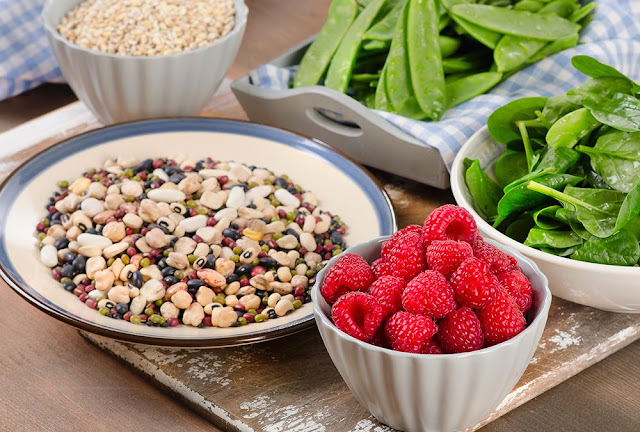Insoluble Dietary Fibers Market Global Industry Insights, Trends, Outlook and Opportunity Analysis, 2022-2028

Insoluble Dietary Fibers Market
The insoluble dietary fibers
market has been growing steadily in recent years, driven by increasing
awareness among consumers of the health benefits of a fiber-rich diet.
Insoluble dietary fibers are non-digestible carbohydrates that are resistant to
enzymatic breakdown in the digestive tract, and therefore pass through the
gastrointestinal tract largely intact. They are found in a wide variety of
plant-based foods, including whole grains, fruits, vegetables, and legumes.
The insoluble
dietary fibers market is driven by several factors, including an
increasing prevalence of lifestyle diseases such as obesity, diabetes, and
cardiovascular disease. These conditions are often associated with diets that
are high in saturated fats, refined sugars, and low in fiber. As a result,
there has been a growing interest in the health benefits of dietary fiber, and
in particular, the role of insoluble fiber in promoting digestive health.
Insoluble dietary fibers are
believed to promote digestive health by increasing stool bulk, reducing transit
time, and promoting regular bowel movements. These fibers can also help to
reduce the risk of diverticular disease, hemorrhoids, and other digestive
disorders. In addition, insoluble fibers may play a role in weight management,
as they can help to promote feelings of fullness and reduce caloric intake. North
America is expected to hold dominant position in the global
bone and joint health ingredients market.
The global insoluble dietary
fibers market is segmented based on source, product, and application. By
source, the market is segmented into cereals and grains, fruits and vegetables,
and others. Cereals and grains are the largest source of insoluble dietary
fibers, accounting for the majority of the market share. By product, the market
is segmented into cellulose, hemicellulose, lignin, and others. Cellulose is
the largest product segment, followed by hemicellulose. By application, the
market is segmented into functional foods, bakery products, confectionery, and
others. Functional foods are the largest application segment, followed by
bakery products.



Comments
Post a Comment